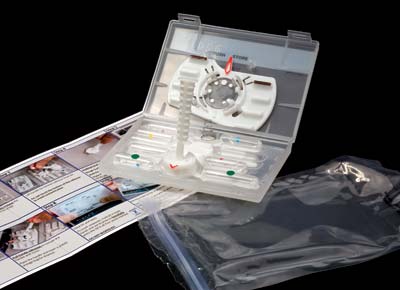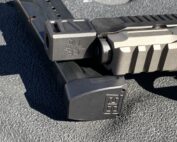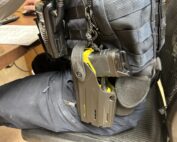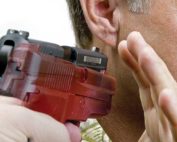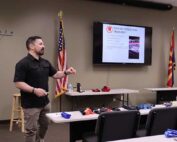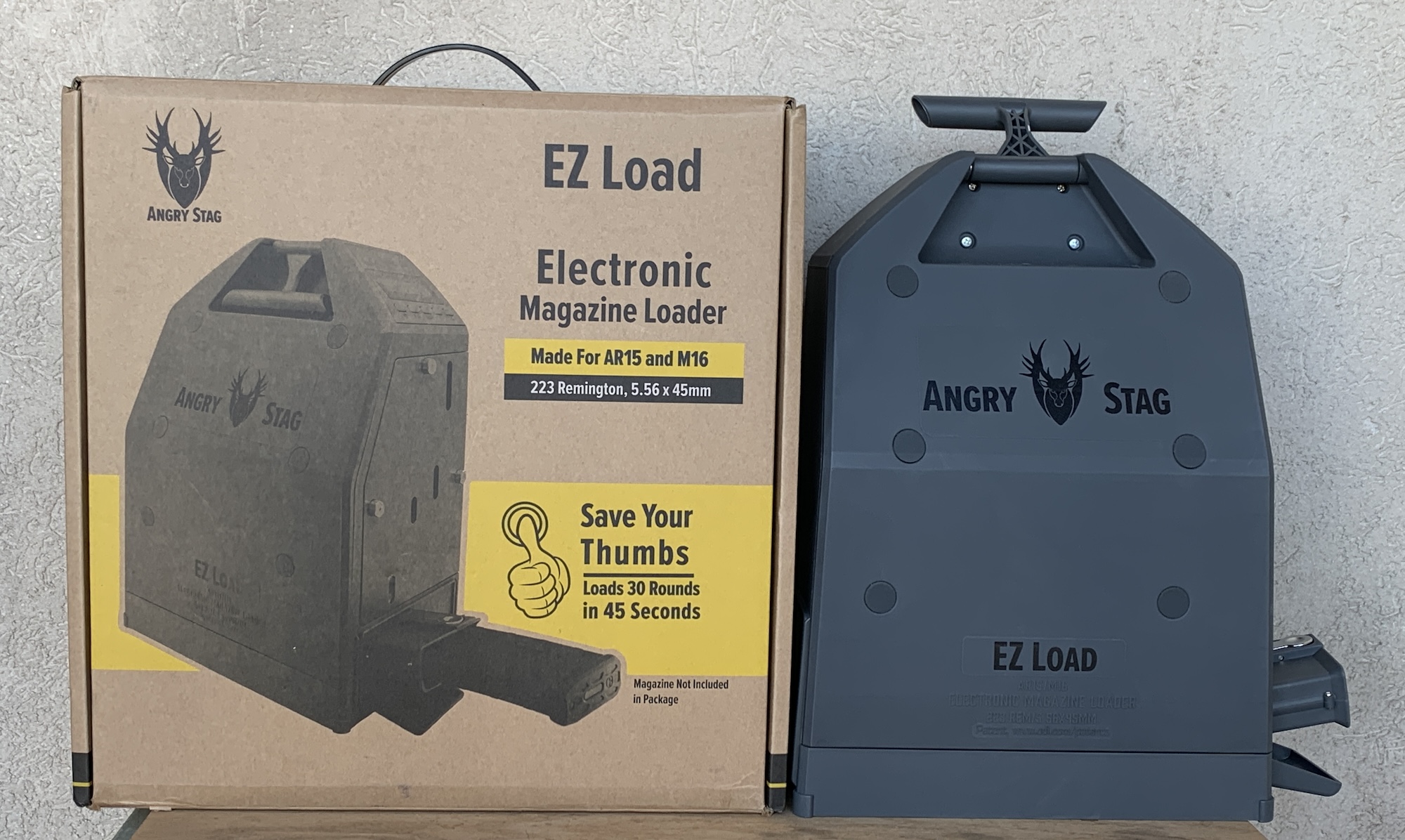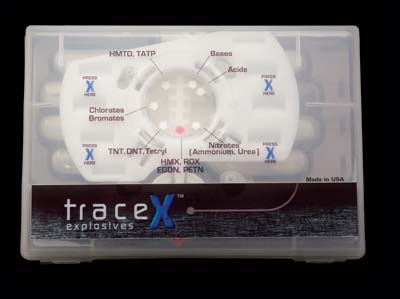
HIGH-2-INTRO
Morphix TraceX
Whether you’re serving a warrant, conducting an interdiction mission or just stumble across possible HMEs, you need to know what you’re dealing with and you need to know right now. Most wipe and pen detection tools available to law enforcement can only detect one to four explosive families and they require multiple swab-and-crush cycles for a positive indication. There’s also the danger of user exposure to some really nasty reagent chemicals.
Morphix developed their TraceX explosive detection kit in answer to those issues under a contract with the DoD. TraceX detects nine explosive families and it comes in a self-contained kit minimizing both exposure and contamination. Each kit comes in its own disposable protective plastic case, and even with rough handling there’s no broken ampoules. Its unique collection system protects the sample from user contamination, so you can have confidence in the result. It’s lightweight and small enough to fit in a cargo pocket or posse box.
Tweakers: Are Unusual Creatures..
If that’s not the understatement of the year I don’t know what it would be. As much as I rack my feeble brain I cannot remember a single instance where I felt the urge to completely disassemble an automatic transmission on my front porch. Also, I have yet to feel compelled to take apart a television in my bathroom. I don’t know, maybe that day will come, but I know it’ll be attributed to my deteriorating mental status — not from a methamphetamine-fueled vision quest.
Another thing that goes along with tweakers like the disassembled transmissions, TV parts and oozing face sores is explosives, especially the homemade, or if you prefer “handcrafted” type. They so enjoy watching things blow up, particularly things like your police cruiser or a burgled safe. If you’re dealing with meth labs or outlaw biker gangs you will find Improvised Explosive Devices (IED) often made with Home Made Explosives (HME).
The TraceX kit comes in a resealable plastic bag and includes an
easy-to-follow 10-step instruction card. Below left: Indicating
the presence of an explosive or precursor, the color will change on
one of the indicator pads. In this example, the indicator pad for
HMX, RDX, EGDN or PETN has changed to red.
Ease Of Use
The kit comes in a sealed plastic storage bag and all the kit’s workings are in a hard plastic case. A 10-step instruction card comes with each kit. Inside is a collector and handle, self-contained testing ampoules and a crusher on the inside of the lid.
First you crush the wetting ampoules and then push down on the collector to moisten the plugs to increase its efficiency. Now take the collector out of the kit. If the substance you want to test is plentiful, just dab the collector in it. If you’re looking for just trace signs of an HME and there’s no powder visible, swipe the collector on the surface for 10-20 seconds in a figure eight pattern.
Snap the collector into the crusher in the lid of the case and rotate. There’s an arrow indicating the collector is in the correct position. Remove the collector’s handle and close the case. There are four areas marked with an X on the lid. Press down hard on those areas and crush all the ampoules in the kit.
Most kits require multiple steps and take 10-20 minutes to yield results. TraceX will provide results in just 3 minutes. The result is easy to read. A color change will take place on one of the marked indicator pads, or in some cases on multiple pads revealing the presence of multiple explosive agents or precursors. The kit will indicate the presence of bases, acids, Nitrates (ammonium, urea), Clorates, Bromates, HMTD, TATP, TNT, DNT, Tetryl, HMX, EGDN, RDX or PETN. In other words, just about anything that goes boom. If you need to know if a substance is an explosive, this is the right tool.
By Dave Douglas
For info: www.americancop.com/index
Order Your Printed Copy Of The American COP July 2014 Issue Today!
Download A PDF Of The American COP July 2014 Issue Now!

